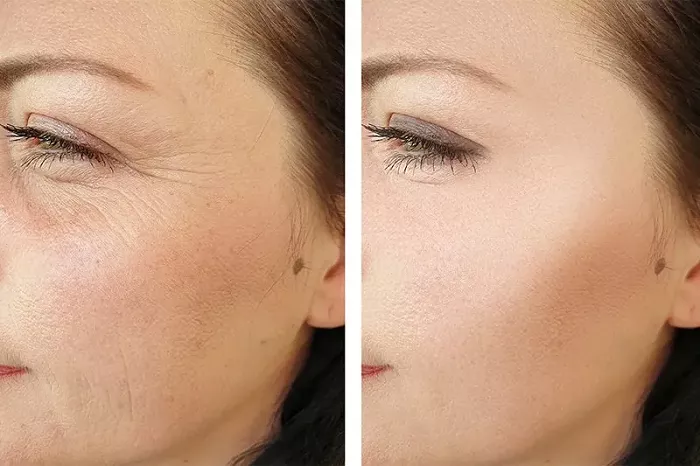Wrinkles are a natural part of aging, but modern cosmetic treatments offer effective solutions to reduce their appearance. Facial fillers, also known as dermal fillers, have become a popular non-surgical option for smoothing wrinkles and restoring youthful contours. This comprehensive guide explores the best facial fillers for wrinkles, their types, benefits, and considerations to help you make an informed decision.
What is Facial Fillers
Facial fillers are injectable substances designed to add volume, smooth lines, and enhance facial features. They work by filling in wrinkles and hollow areas, providing a more youthful appearance. Unlike Botox, which relaxes muscles to reduce wrinkles, fillers directly plump the skin.
Types of Facial Fillers
1. Hyaluronic Acid (HA) Fillers
Hyaluronic acid is a naturally occurring substance in the skin that retains moisture and adds volume. HA fillers are among the most commonly used due to their safety and effectiveness.
- Popular Brands: Juvéderm, Restylane
- Uses: Fine lines, nasolabial folds, lip enhancement
- Duration: 6 to 12 months
2. Calcium Hydroxylapatite (CaHA) Fillers
CaHA is a mineral-like compound found in bones. When used as a filler, it provides structure and stimulates collagen production.
- Popular Brand: Radiesse
- Uses: Deep wrinkles, facial contouring
- Duration: Up to 12 months
3. Poly-L-Lactic Acid Fillers
This biodegradable synthetic substance stimulates collagen production over time, leading to gradual and long-lasting results.
- Popular Brand: Sculptra
- Uses: Deep wrinkles, volume loss
- Duration: More than 2 years
4. Polymethylmethacrylate (PMMA) Fillers
PMMA fillers contain microscopic beads that provide permanent support beneath the skin. They also include collagen to enhance structure.
- Popular Brand: Bellafill
- Uses: Deep wrinkles, acne scars
- Duration: Permanent
5. Autologous Fat Injections
This technique involves harvesting fat from your own body and injecting it into facial areas to restore volume.
- Uses: Volume loss, deep wrinkles
- Duration: Varies; potential for long-lasting results
Choosing the Right Filler for Specific Wrinkles
Fine Lines
For superficial wrinkles, such as crow’s feet and perioral lines, HA fillers like Juvéderm Volbella or Restylane Silk are ideal due to their smooth consistency.
Deep Wrinkles
Deep nasolabial folds and marionette lines benefit from denser fillers like Radiesse or Sculptra, which provide structural support and stimulate collagen.
Volume Loss
In areas with significant volume loss, such as cheeks and temples, Sculptra or autologous fat injections can restore fullness effectively.
Benefits of Facial Fillers
- Non-Surgical: Minimally invasive with little to no downtime.
- Immediate Results: Most fillers show instant improvement.
- Customizable: Treatments tailored to individual needs.
- Long-Lasting: Results can last from several months to years, depending on the filler type.
Considerations and Risks
While facial fillers are generally safe, potential side effects include:
- Bruising and Swelling: Common but temporary.
- Asymmetry: Uneven results may require correction.
- Infection: Rare but possible if not performed under sterile conditions.
- Allergic Reactions: Uncommon, especially with HA fillers.
Choosing a qualified and experienced practitioner minimizes these risks.
Cost of Facial Fillers
The cost varies based on the type of filler, treatment area, and provider expertise. On average:
- HA Fillers: $600–$800 per syringe
- CaHA Fillers: $700–$1,000 per syringe
- Poly-L-Lactic Acid Fillers: $800–$1,200 per session
- PMMA Fillers: $1,000–$1,500 per syringe
- Autologous Fat Injections: $2,000–$5,000
Conclusion
Facial fillers offer a versatile and effective solution for reducing wrinkles and restoring youthful contours. By understanding the different types of fillers and their specific applications, you can choose the best option to meet your aesthetic goals. Consulting with a board-certified practitioner ensures safe and satisfying results.


